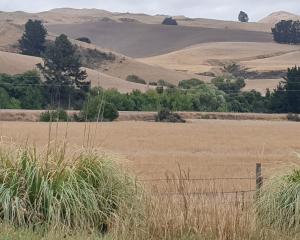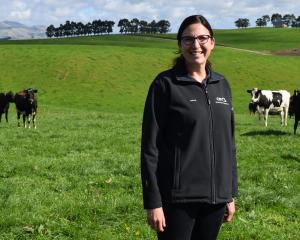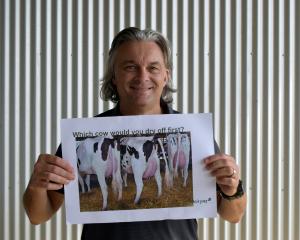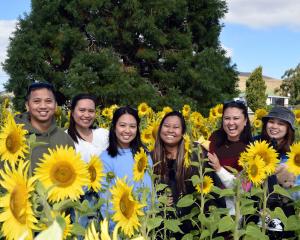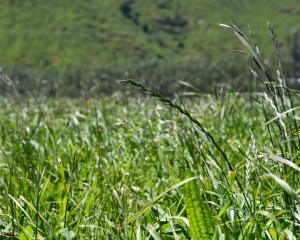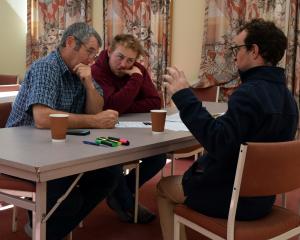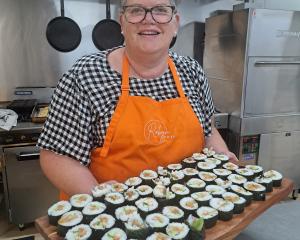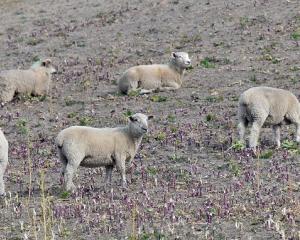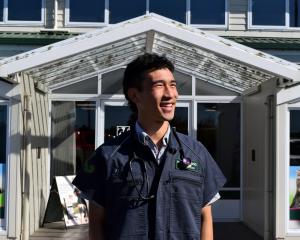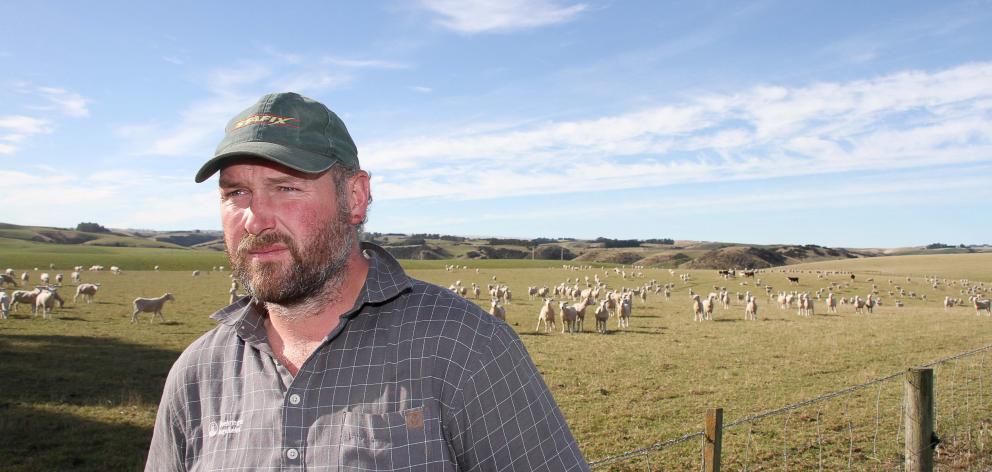
March was dry and the second hottest since Niwa records began in 1909. Balclutha had 17mm, or 29%, of normal March rainfall and it was the fourth-lowest rainfall since 1968.
With tupping about to get under way and limited feed available, farmers needed to prioritise feed for different stock classes.
Winter was also not far away and consideration of winter feed supplies was strongly recommended.
"Generally, the earlier decisions are made the better,'' he said.
Mr Davies, who farms at Toko Mouth, said it was a "far worse position'' than last year. With little feed to flush ewes on, he had bought sheep nuts for the first time
The concern was that if the weather got cold, farmers would not have feed going into winter, which was a "real worry''.
Yesterday, Federated Farmers territory manager Nick Abbott was contacting farmers around the Otago region yesterday to get an update on the situation. All were saying it was dry, he said.
Frosts over the past couple of weeks had "really turned things back''. With the drop in soil temperature, it meant even if there was rain, there would not be grass growth.
Mr Abbott had been discussing the possibility of finding grazing in Southland with the neighbouring Federated Farmers province. The bulk of Southland seemed to be "looking OK''.
Finding grazing would mean affected farmers would not have to send capital stock to the meat works.
He urged farmers to be in touch with neighbours and try to work together. Not making decisions was not acceptable, he said.
Hamish Wilson, who farms at Clydevale, said the situation was "pretty extreme'' now and he had been feeding out to ewes for the past six weeks.
He was on to his second load of baleage bought from Central Otago and had just ordered another load. The last load of lambs was being sent off the property today and while they were not very heavy, they had to go, he said.
There was 18mm of rain last month and 32mm the previous month. It was fortunate the days were now shorter and there was not the heat in the days, he said.
North Otago Federated Farmers president Simon Williamson, who farms between Omarama and Twizel, said his home patch was "as good as it's ever been''. There had been substantial rain since mid-March.
BNZ's latest Rural Wrap said February and March weather conditions were as tough for farming as spring and early summer were good.
It suddenly got hot and dry and last month was the country's equal second-warmest March on record. Rainfall was well below normal in many areas.
At the beginning of April, Niwa noted drier than normal soils across the majority of the North Island and a large portion of the South Island.
Some recent rain had helped in some places but prior adverse conditions had been detrimental to primary production in the second half of the season.
Niwa expected El Nino conditions to continue during the coming three months. Rainfall was about equally likely to be above normal or near normal in the west and north of the South Island and about equally likely to be below normal or near normal for other regions.


